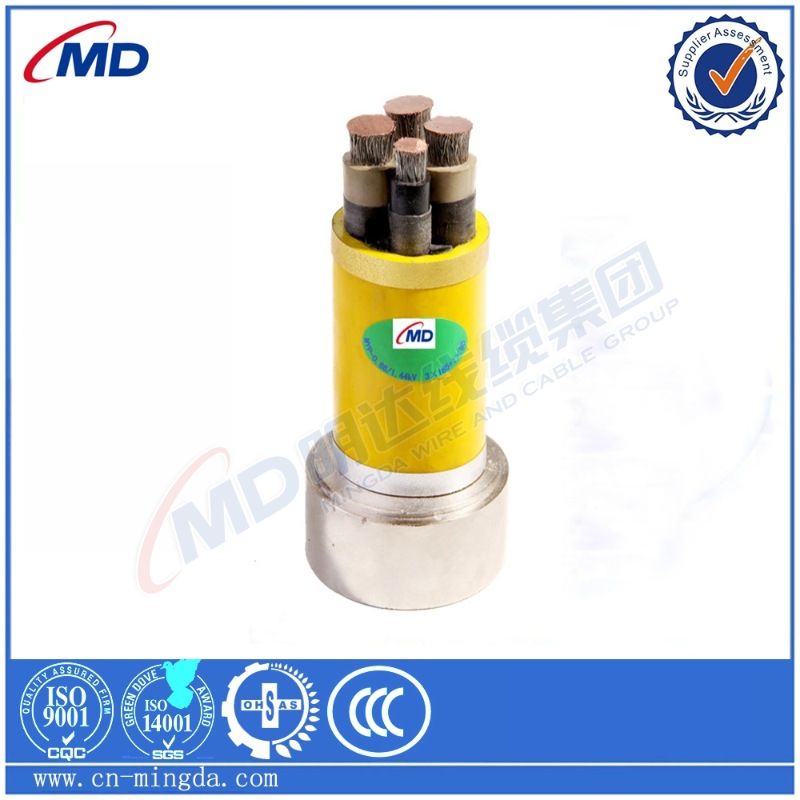dec . 04, 2024 09:50 Back to list
multi-core cable wire
Understanding Multi-Core Cable Wires Structure, Applications, and Benefits
In an ever-evolving technological landscape, the importance of efficient and reliable electrical systems cannot be overstated. One of the critical components that play a significant role in the electrical framework of various applications is multi-core cable wire. This versatile type of cabling is essential in industries ranging from telecommunications to construction and automation. In this article, we will explore the structure, applications, and benefits of multi-core cable wires.
Structure of Multi-Core Wire
Multi-core cables consist of multiple conductive wires encased within a single outer sheath. Typically, these conductors are made of copper or aluminum, known for their excellent conductivity. The conductors can be insulated with materials such as PVC (Polyvinyl Chloride), PE (Polyethylene), or rubber, depending on the application requirements and environmental conditions. Each core within the cable is designed to carry electrical currents, and the number of cores usually varies based on the specific needs of the installation.
The outer sheath serves as protection against external factors like moisture, chemicals, and physical stress, ensuring that the inner wires maintain functionality over time. These cables can also come with various additional features, such as armor for reinforcement, which helps them withstand harsh environments.
Applications of Multi-Core Cable Wires
The versatility of multi-core cable wires enables their use in a wide range of applications. Here are several industries where these cables are crucial
1. Telecommunications Multi-core cables are integral to telecommunications systems, including telephone networks and data transmission lines. They facilitate high-speed data transfer and help in managing multiple connections efficiently.
2. Industrial Automation In manufacturing and production facilities, multi-core cables support various automation systems, connecting sensors, actuators, and control panels. This ensures streamlined operations and real-time monitoring.
3. Power Distribution Multi-core cables are widely used in power distribution networks. They are capable of handling multiple phases of power supply, making them ideal for electricians and utility companies.
4. Building Wiring In commercial and residential buildings, multi-core cables are commonly used for internal wiring. They can connect lighting circuits, wall sockets, and heavy-duty appliances seamlessly.
multi-core cable wire

Benefits of Multi-Core Cable Wires
Utilizing multi-core cable wires offers several advantages over single-core alternatives. Here are some key benefits
1. Space Efficiency Multi-core cables provide a space-saving solution, as multiple wires are consolidated into a single cable. This reduces clutter and simplifies installation.
2. Ease of Installation With multiple conductors housed together, installation becomes quicker and more straightforward. This ease of use can significantly reduce labor costs on large projects.
3. Increased Flexibility Multi-core cables can accommodate various electrical requirements within one cable, offering flexibility in design and functionality. This adaptability is particularly beneficial in complex wiring systems.
4. Improved Performance The arrangement of cores within the cable can reduce electromagnetic interference (EMI), enhancing signal quality and reducing noise in sensitive applications.
5. Cost-Effectiveness While the initial costs might be slightly higher than single-core cables, the long-term savings in installation time and reduced maintenance often justify the investment.
Conclusion
In summary, multi-core cable wires are vital components in modern electrical systems, supporting a vast array of applications across multiple industries. Their unique structure, characterized by multiple insulated conductors housed within a protective sheath, allows for flexibility, space efficiency, and improved performance. As technology continues to advance, the demand for reliable connectivity will only grow, solidifying the importance of multi-core cable wires in the future of electrical infrastructure. Whether in telecommunications, industrial automation, or building wiring, multi-core cables provide the backbone for efficient and reliable electrical solutions. As industries evolve, understanding and utilizing these versatile cables will remain crucial for engineers, electricians, and companies worldwide.
Share
-
Reliable Wafer Type Butterfly Valves for Every IndustryNewsJul.25,2025
-
Reliable Flow Control Begins with the Right Ball Check ValveNewsJul.25,2025
-
Precision Flow Control Starts with Quality ValvesNewsJul.25,2025
-
Industrial Flow Control ReliabilityNewsJul.25,2025
-
Engineered for Efficiency Gate Valves That Power Industrial PerformanceNewsJul.25,2025
-
Empowering Infrastructure Through Quality ManufacturingNewsJul.25,2025